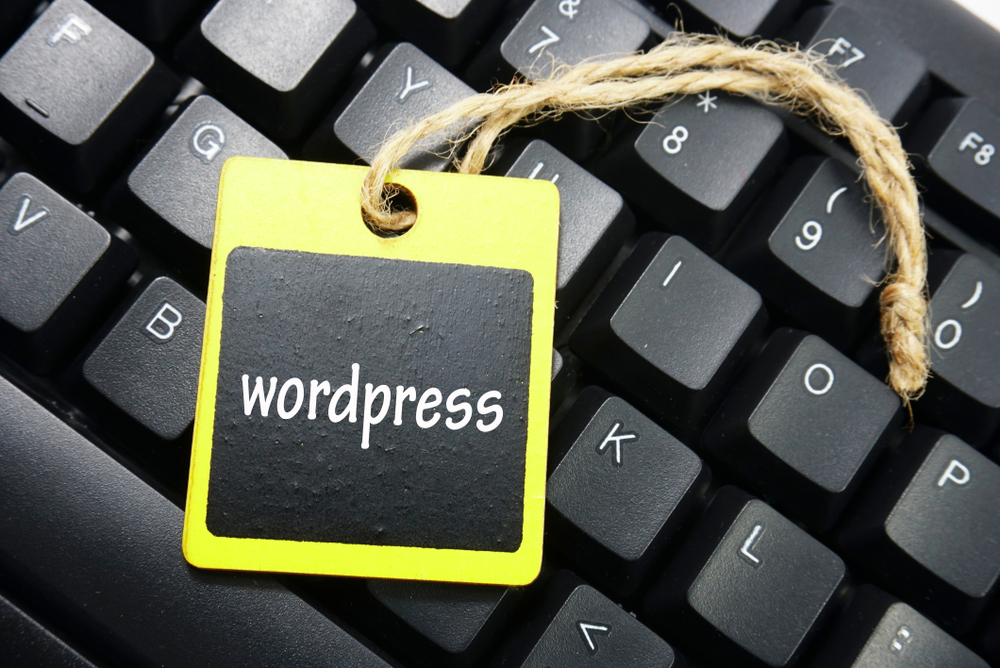
Writing a successful blog post is more than just putting words on a page. It requires creativity, strategy, and a deep understanding of your audience. Whether you’re blog a seasoned blogger looking to improve your craft or a beginner just starting out, these tips and tricks will help you create engaging and successful blog posts that keep your readers coming back for more.
Know Your Audience
One of the most important weblog aspects of writing a successful blog post is knowing who you are writing for. Understanding your target audience will help you tailor your content to their interests, needs, and preferences. Before you start writing, take some time to research your audience demographics, interests, and behaviors. This will help you create content that resonates with your readers and keeps them engaged.
Create Compelling Headlines
Your blog post headline is the first thing that readers see, so it needs to grab their attention and entice them to click through and read the rest of your content. When crafting a headline, be sure to use strong, action-oriented language that clearly communicates the value of your post. You can also try incorporating numbers, questions, or power words to make your headline even more compelling.
Write Quality Content
Once you’ve captured your readers’ attention with a compelling headline, it’s important to deliver on that promise with high-quality content. Make sure your blog post is well-written, informative, and engaging. Use clear weblog site and concise language, break up your text with subheadings and bullet points, and include eye-catching visuals like photos, videos, and infographics to enhance your content.
Use SEO Best Practices
Search engine optimization (SEO) is key to driving traffic to your blog and increasing your visibility online. Incorporating relevant keywords throughout your blog blog website post can help improve your search engine rankings and make it easier for readers to find your content. Be sure to include keywords in your headlines, subheadings, meta descriptions, and alt text for images.
Promote Your Blog Post
Writing a great blog post is only half the battle – you also need to promote it effectively to reach a wider blog site audience. Share your blog post on social media, email it to your subscribers, and collaborate with other bloggers or influencers in your niche to expand your reach. You can also repurpose your content into different formats, such as podcasts, webinars, or ebooks, to attract new readers.
Engage with Your Readers
Building a loyal readership for your blog takes more than just publishing great content – you also need to engage with your audience and foster a sense of community. Respond to comments on your blog, participate in online conversations, and encourage readers to share their thoughts and feedback. By building relationships with your readers, you can increase loyalty and encourage repeat visits to your blog.
Track Your Results
To understand what is working and what isn’t with your blog posts, it’s important to track your results and analyze your performance. Use tools like Google Analytics to monitor your traffic, engagement metrics, and conversion rates. Pay attention to which blog posts perform well and which ones don’t, and use this data to inform your future content strategy.
Frequently Asked Questions
1. How often should I publish new blog posts?
The frequency of your blog posts will depend on your time constraints and resources, but it’s generally recommended to publish new content at least once a week to keep your readers engaged and maintain a consistent presence online.
2. What should I do if I run out of blog post ideas?
If you’re struggling to come up with new blog post ideas, try brainstorming topics with your team or turning to your audience for inspiration. You can also repurpose old content, conduct interviews with industry experts, or curate lists of helpful resources to keep your blog fresh and engaging.
3. How long should my blog post be?
There is no hard and fast rule for how long a blog post should be, but most successful blog posts are between 1,000 and 2,000 words. However, the most important factor is the quality of your content – if your post is longer but provides value to your readers, then it’s worth the extra length.
4. Should I include images in my blog posts?
Yes, including images in your blog posts can help break up your text, make your content more visually appealing, and enhance the overall reader experience. Be sure to use high-quality images that are relevant to your content and optimized for web viewing.
5. How can I monetize my blog?
There are several ways to monetize your blog, including affiliate marketing, sponsored content, selling digital or physical products, and offering services like consulting or coaching. Experiment with different monetization strategies to see what works best for your blog and aligns with your goals and values.
In conclusion, writing engaging and successful blog posts takes time, effort, and a deep understanding of your audience. By following these tips and tricks, you can create blog posts that resonate with your readers, drive traffic to your site, and help you build a successful blog in the long term. Happy blogging!
Other useful resources